As a photographer, after publishing any image whose content refers to a remote existence and ways of life linked to ancient arts and crafts, I am always perplexed by the reactions that trigger it.
These images are converted, in the overwhelming majority of cases, into reminiscent images, having the ability, on the one hand, not only to transport the viewer to another time, but also to their own experiences, and on the other hand to trigger a reaction of some nostalgia and non-conformity with the disappearance of these ways of life.
Faced with such reactions, I try to structure a thought not only about the images, but about the possible reality transmitted by them, where residual testimonies of arts and crafts are represented.
In addition to the physical and natural elements that make up the Algarve Region, whose existence grants it a very unique unity in the polyhedral reality, the human being who settled and thrived here was also characterized, in his manifestations of being existing, by different adaptations to these pre-existing conditions.
Thus, and in a close relationship with the Earth and its Fruits, as happened in other Regions of the Nation until a few decades ago - roughly until the middle of the last century -, the being who lived here knew how to take advantage of the conditions of the seminal turf from where emerged for Life, improving, over time, the knowledge applied to land exploration techniques, the use of water, the cultivation of plants adapted to different types of soil, animal husbandry, different types of fishing, development from transport that allowed not only the movement of people, but also trade between locations, to implements that became extensions of the body, helping and facilitating in all tasks, to the utilitarian creation of artifacts for daily use whose raw material was largely originating in the region…
Over time, in other times, whose changes occurred at a slower pace, the resulting metamorphoses also occurred at a lower pulse rate, and there is often no danger of disappearing an art, a craft, but rather, a recalibration of upstream materials and downstream products.
Tradition rests its foundations on a certain stagnation of life, in which certain values and discourses associated with it were verified, by their functionality, both in utilitarian and social terms, to be the best under certain conditions, being transmitted throughout generations.
From the second half of the XNUMXth century onwards, a more rapid change began in Portuguese society, whose structure was steeped, until then, in agriculture and fishing. , giving them body and life.
From the moment when there is a paradigm shift in the development of society and when new values emerge and become new guidelines for development, incompatibilities arise, not only with the testimonies of the previous order in force, but also towards those who, enclosing old knowledge and later practices, are the emitting centers of values and products now totally devoid of justified existence.
Thus, in the current and current present, the panorama that is presented to us in the field of arts and crafts of other times is quite depleted, leaving nothing but disjointed and few examples, many of these residing in the bodies of people already tired and of advanced ages , often brightening, with their experience and knowledge, various fairs and festivals, where foreigners are shown the exoticism of the region, the land.
There are few happy examples of those who manage to emerge in an ocean avid for affordable plastic products; of labor in which the bar of safety, health, remuneration is set at the level of daily precariousness; of novelties whose appearance comes to satisfy momentarily a need that is always renewed at each dawn.
One could enumerate an immense list of knowledge whose existence was completely banned from the existence of everyday life, and this fact occurred in a very short space of time, in a few decades of the average life of a person. .
Because already inscribed in memory, the resulting lack and anguish surface when viewing an image, whose content/referent portrays any missing element.
Author of text and photos (all rights reserved): Filipe da Palma, photographer
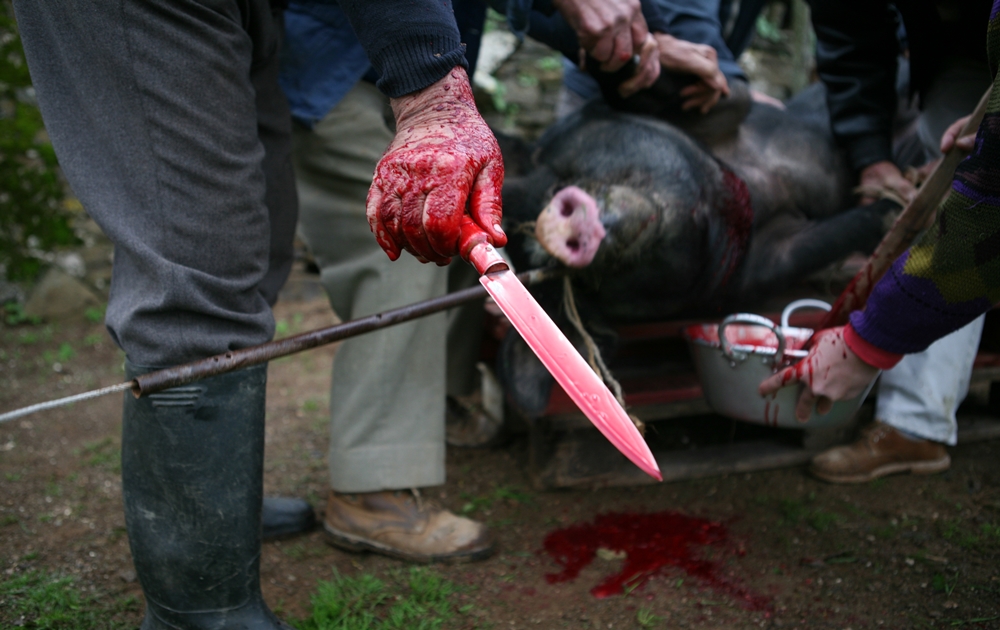
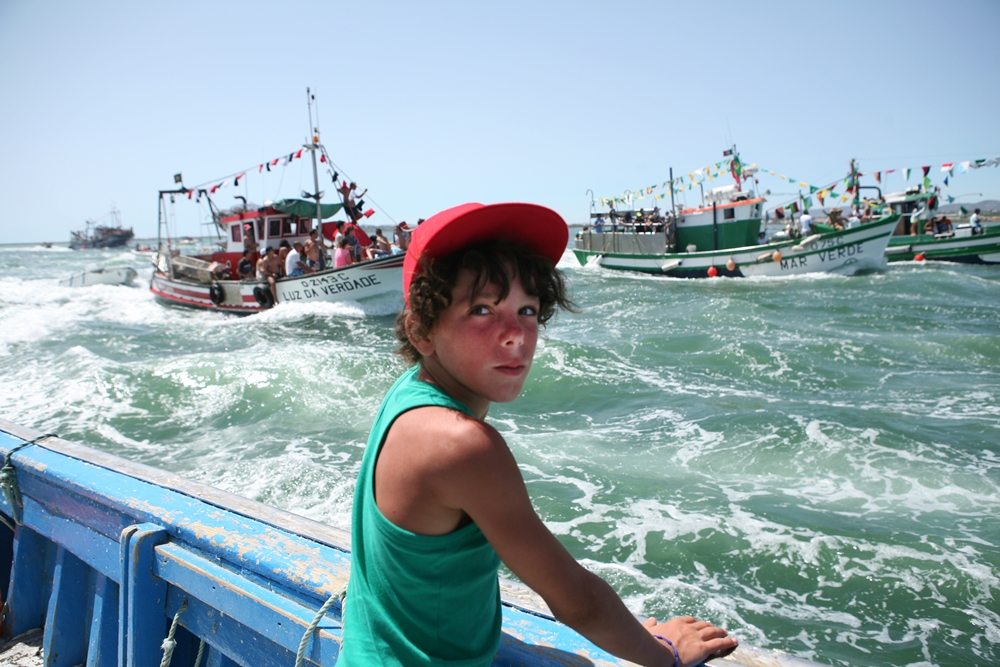
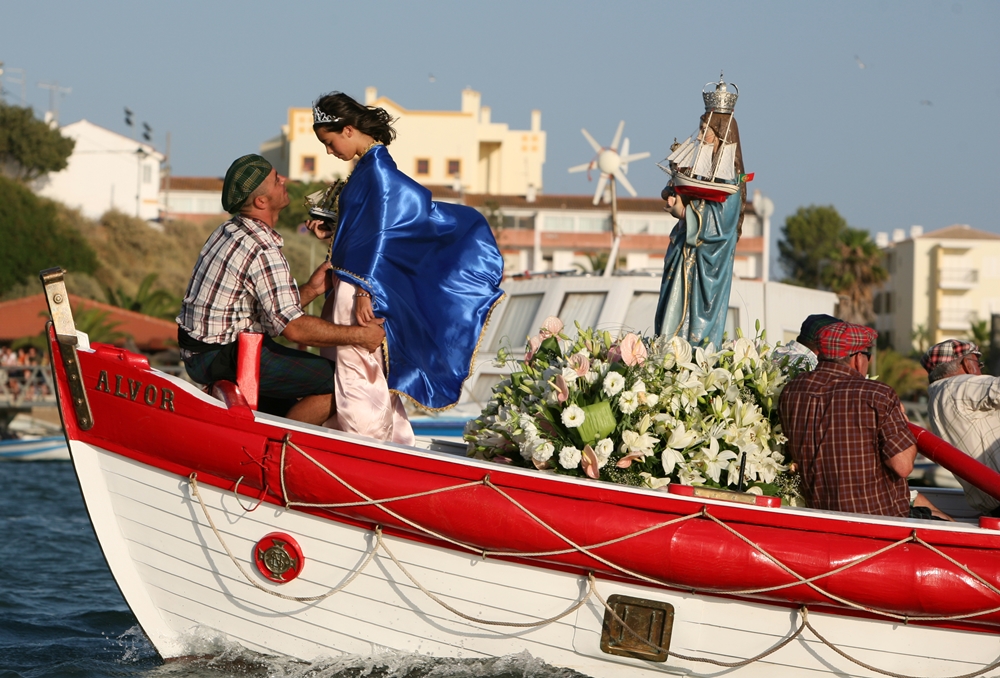
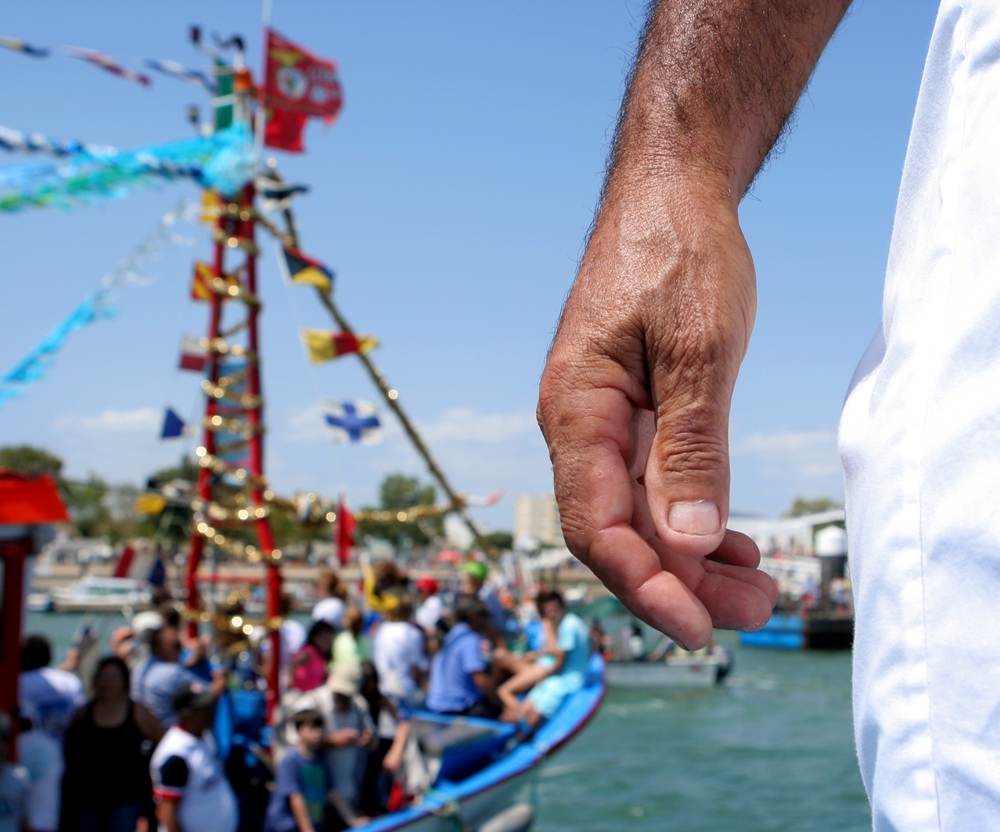

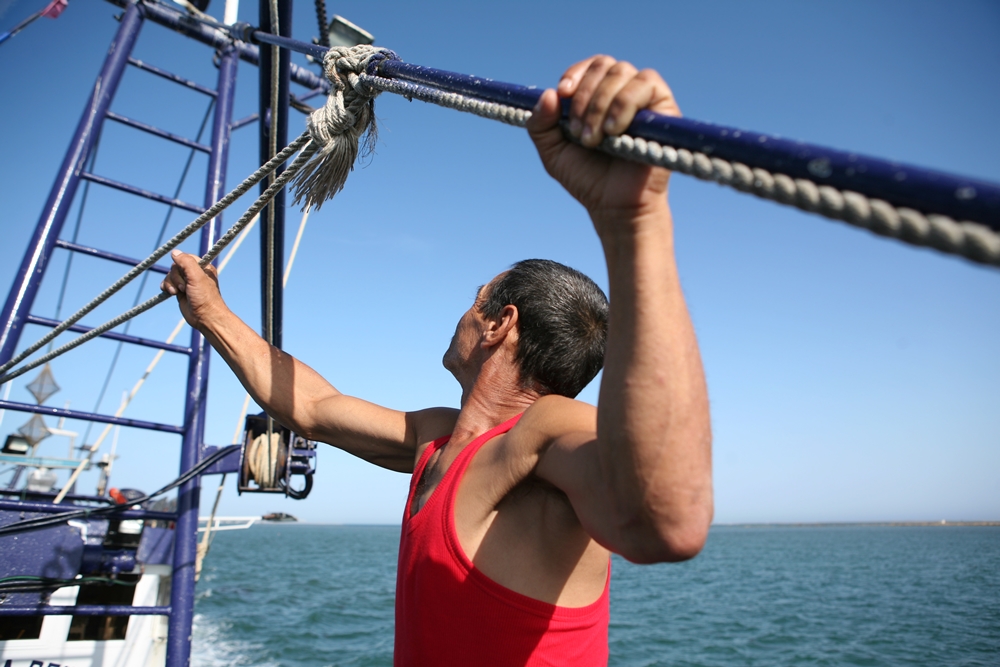
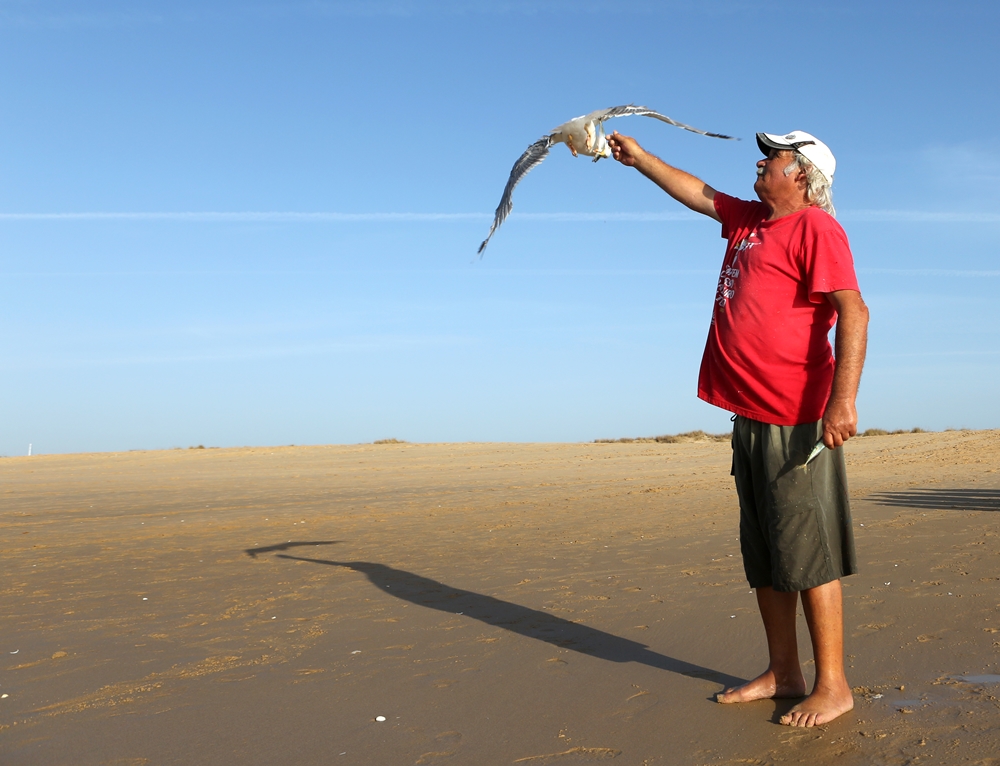
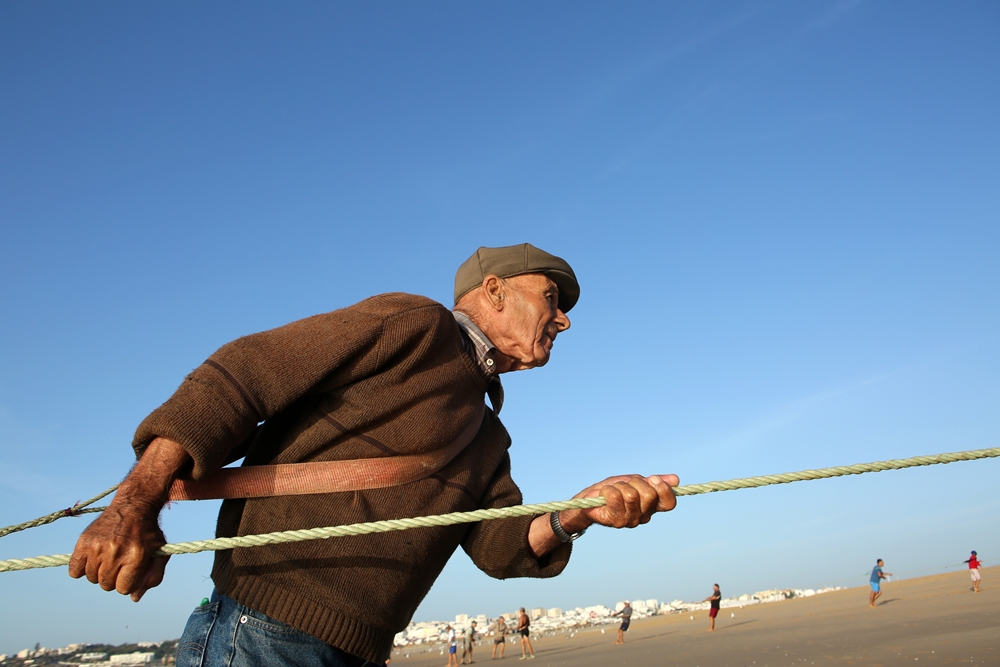

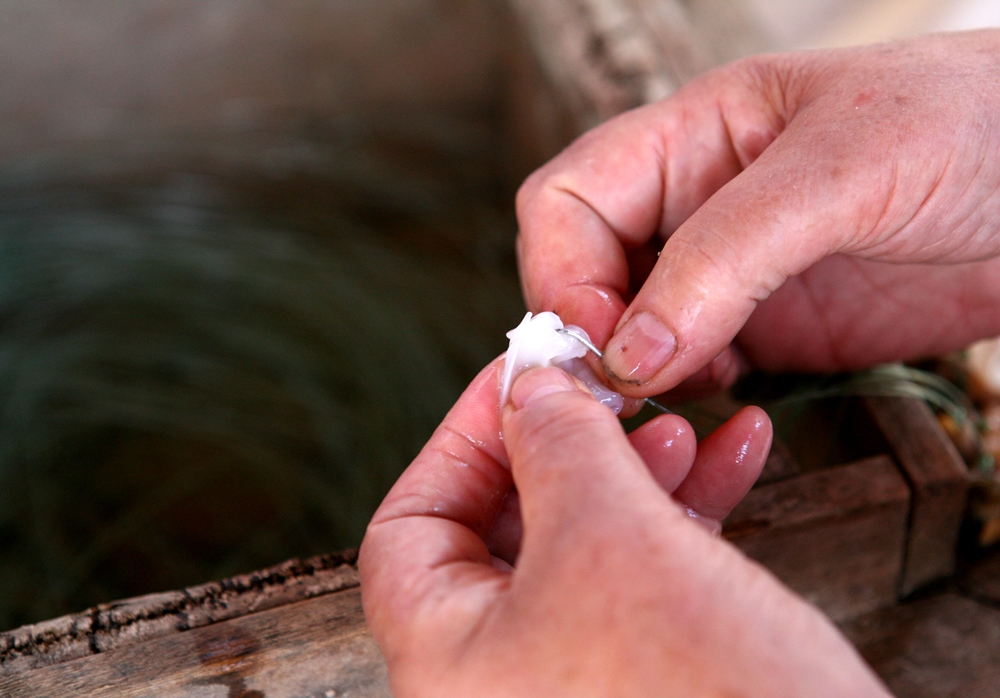




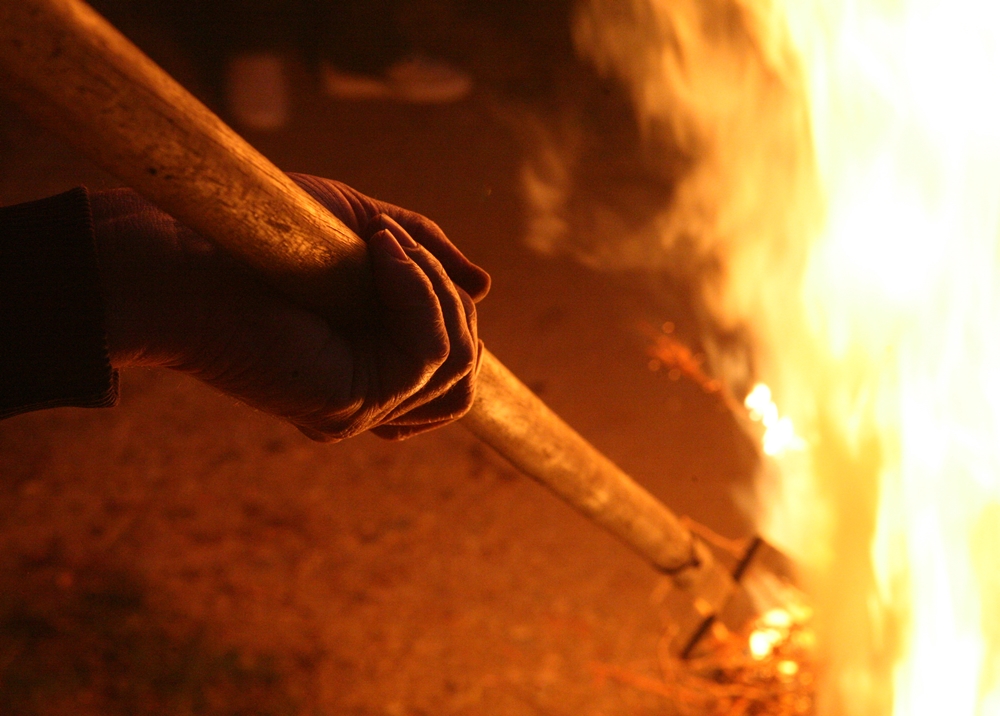

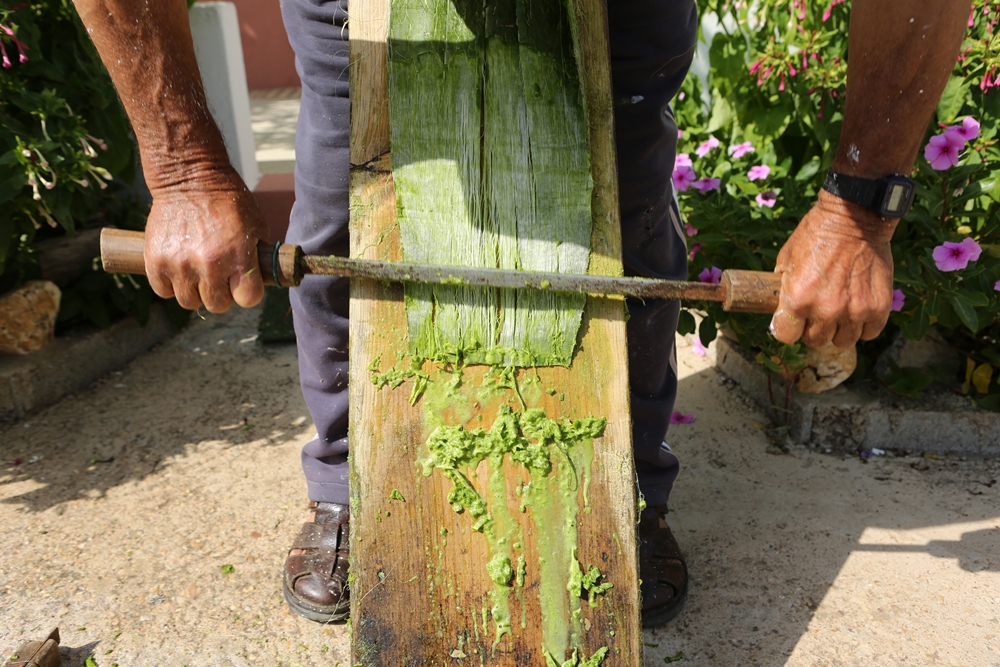

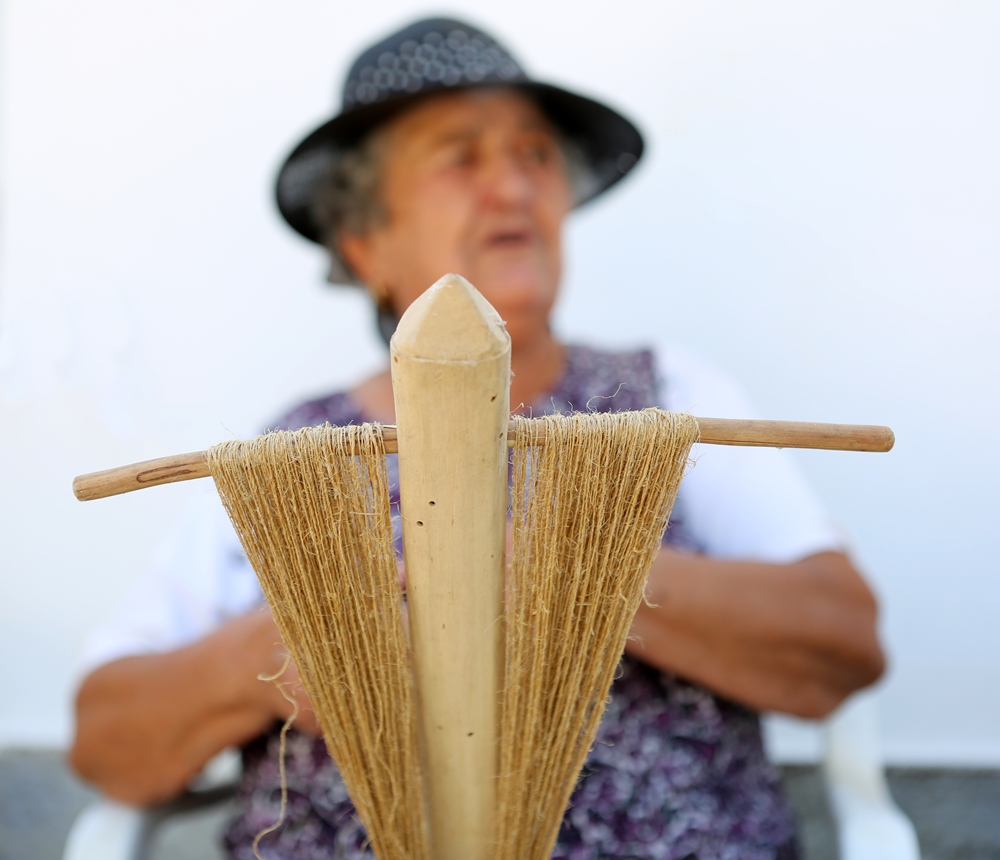
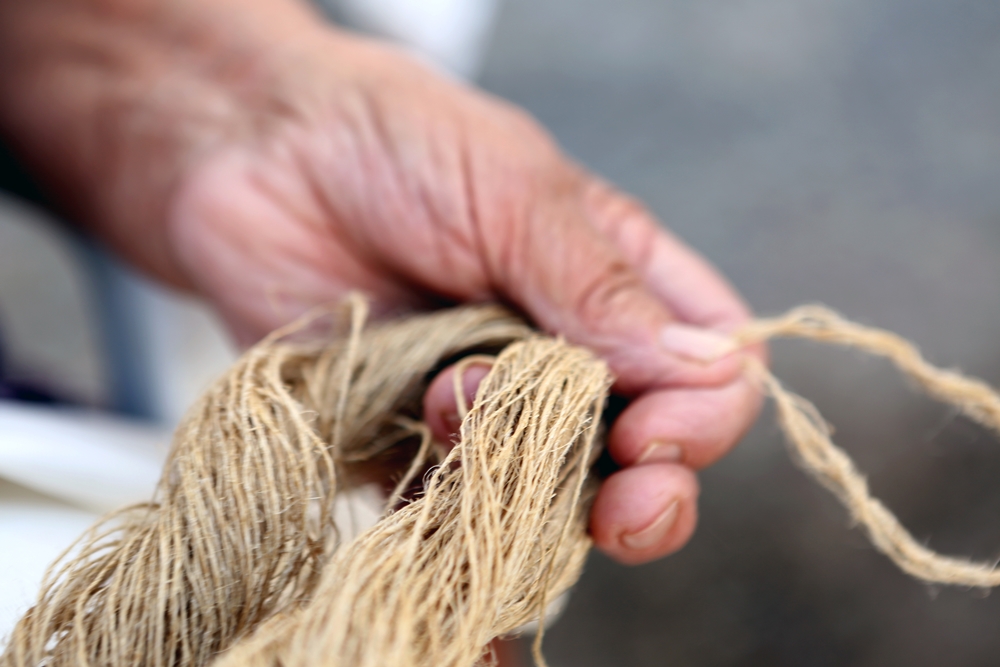
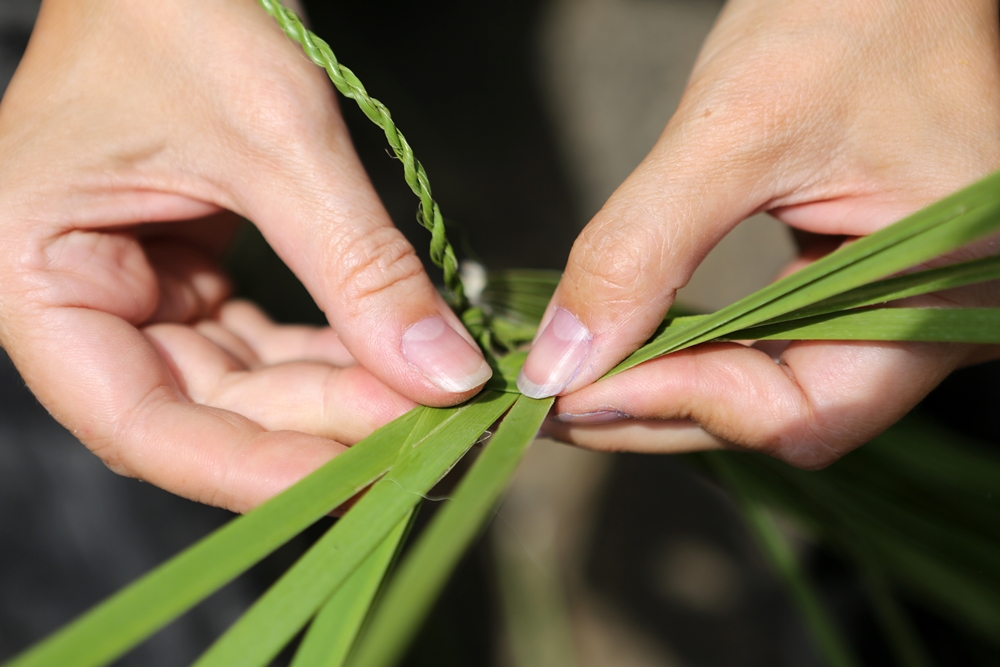
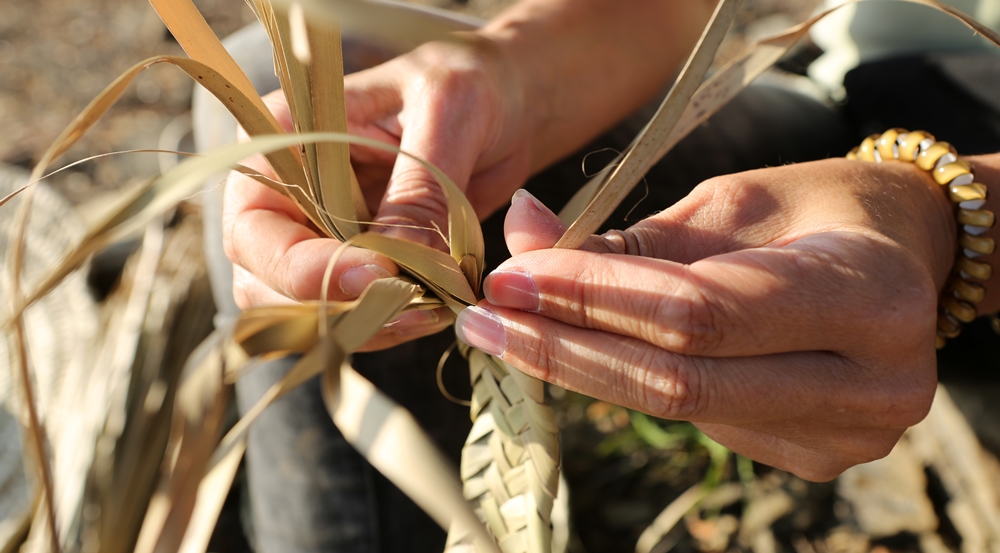
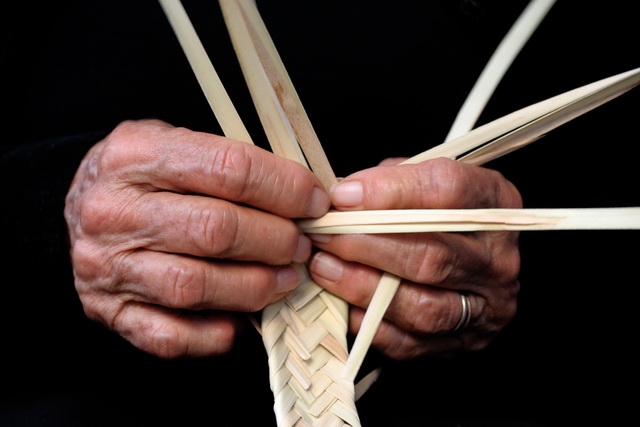

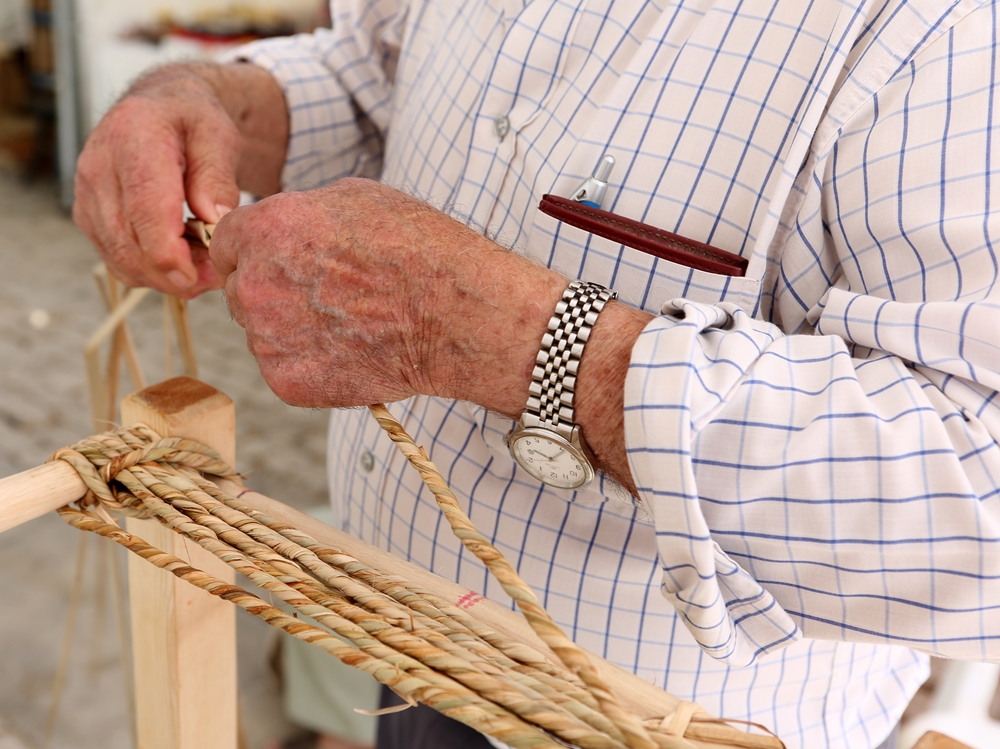
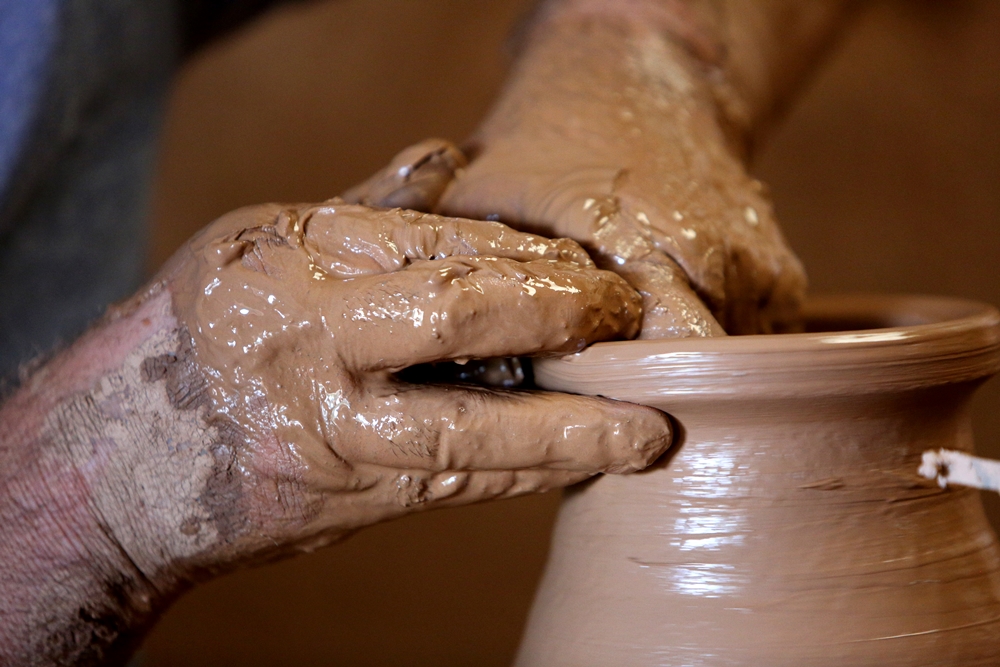
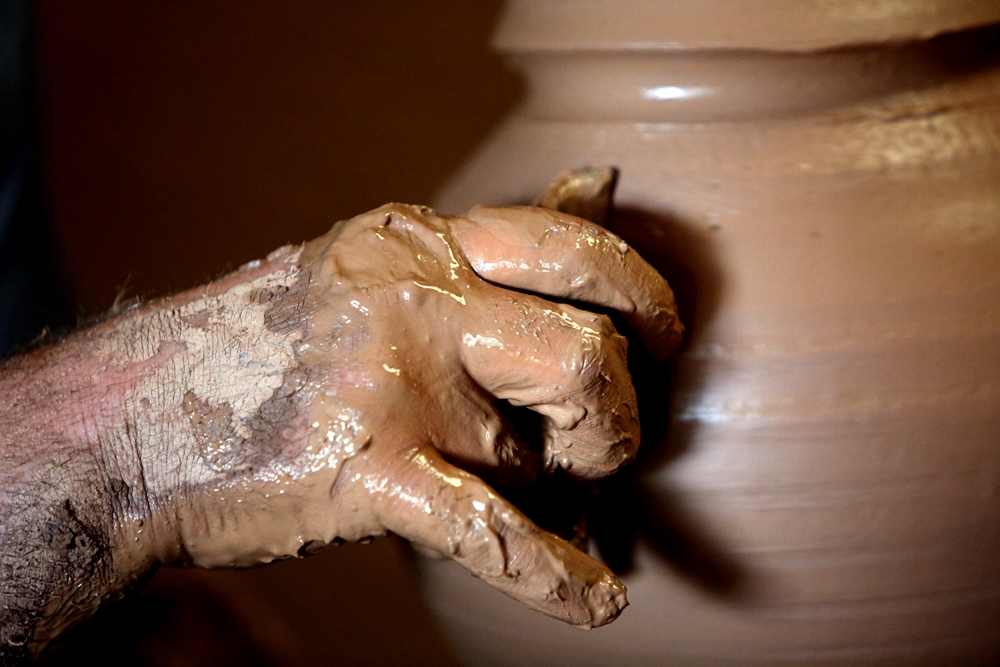
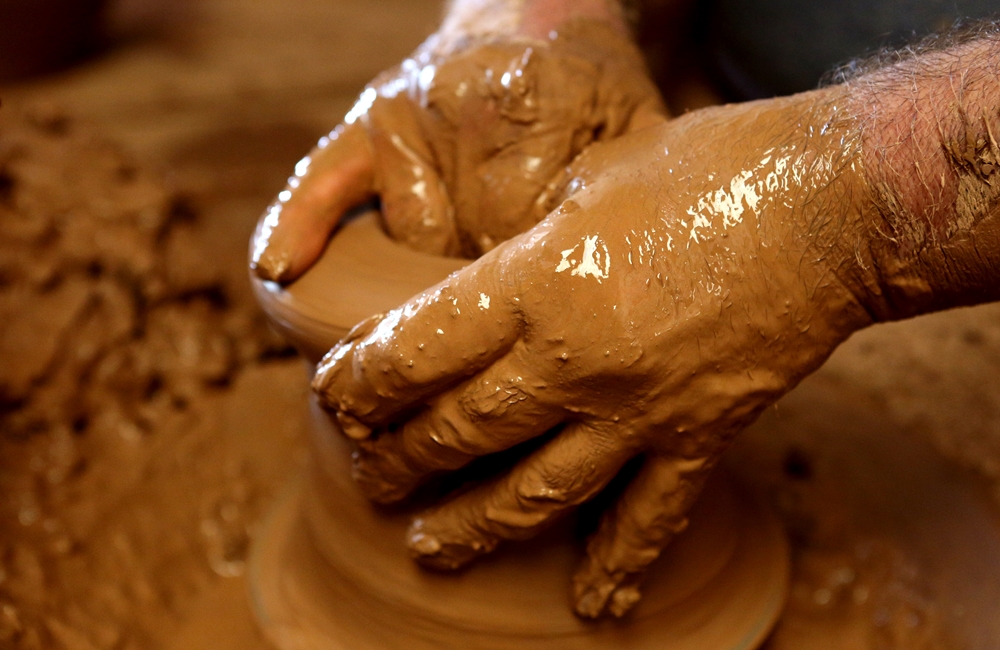
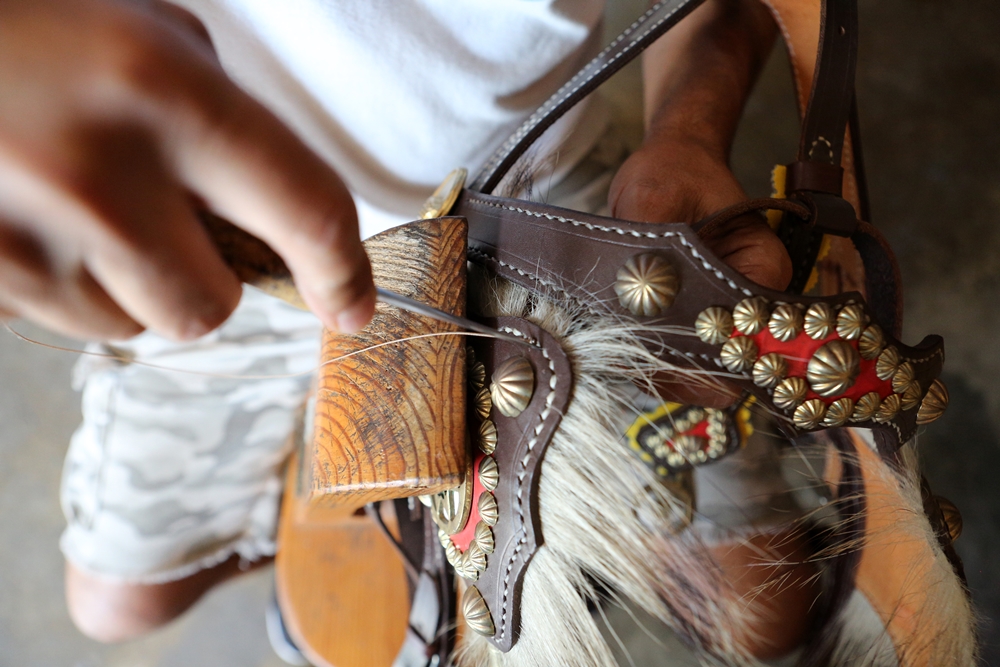
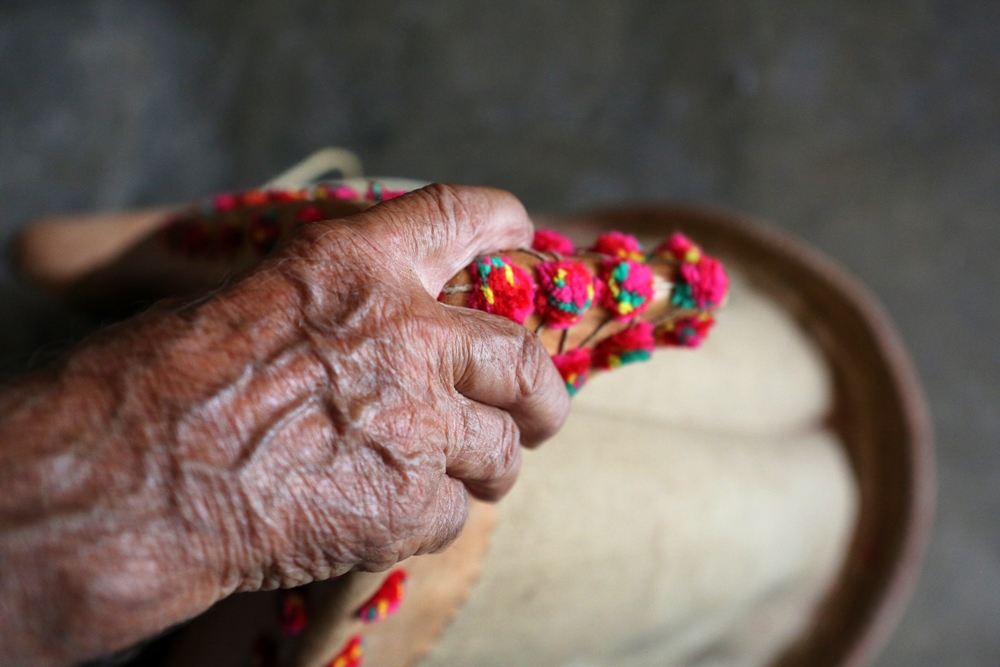
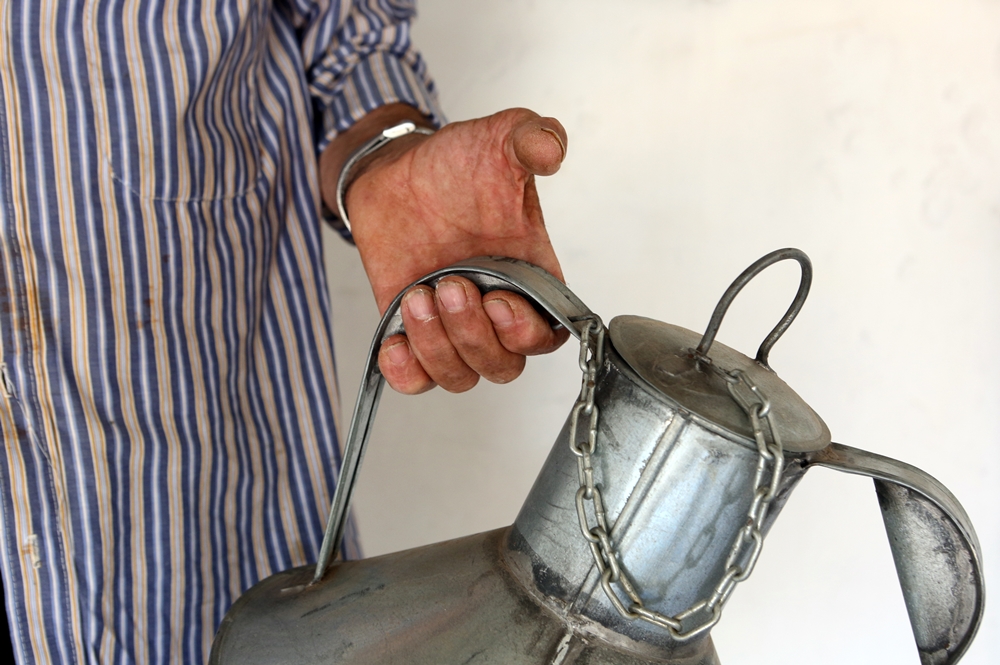
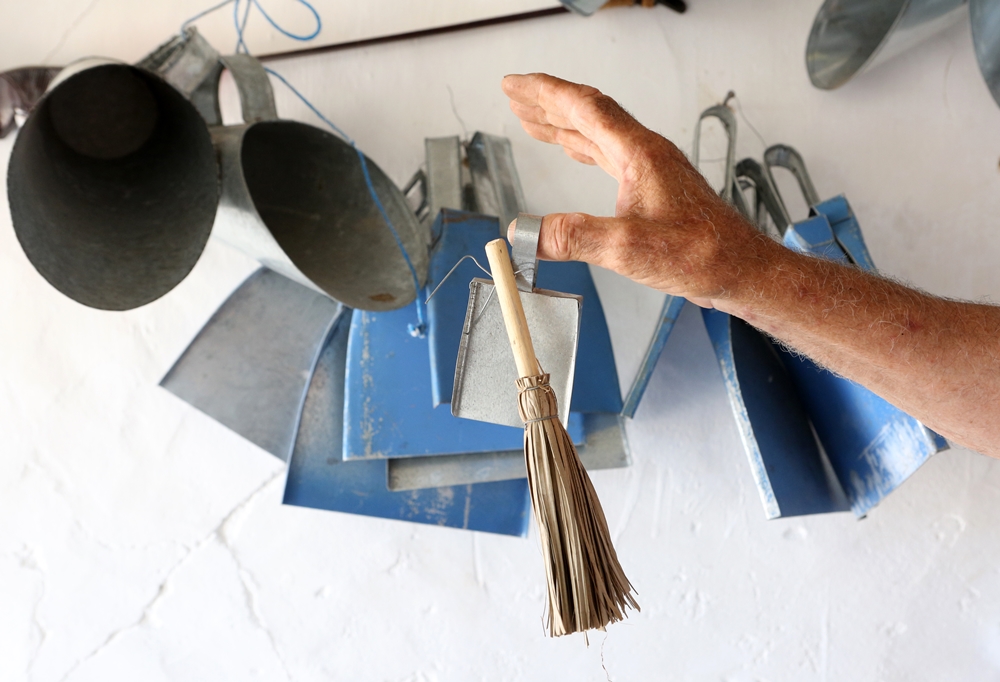
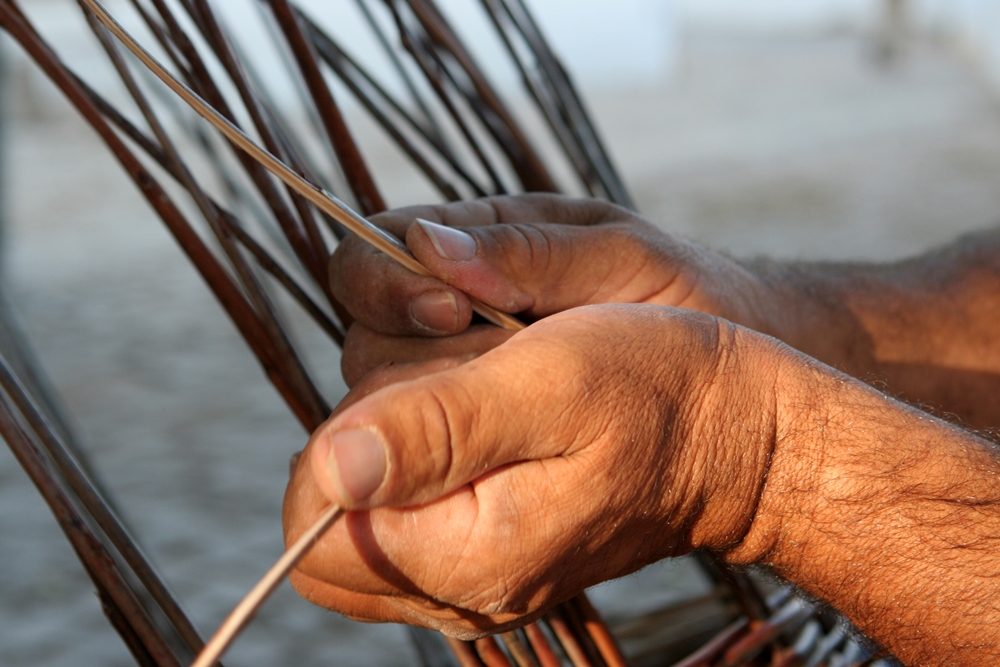
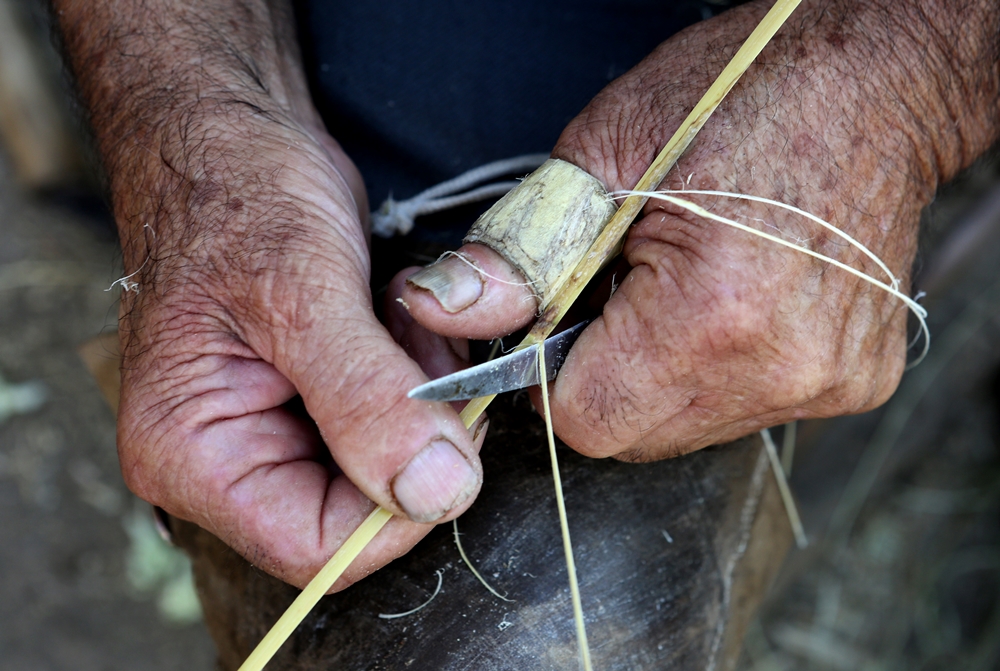
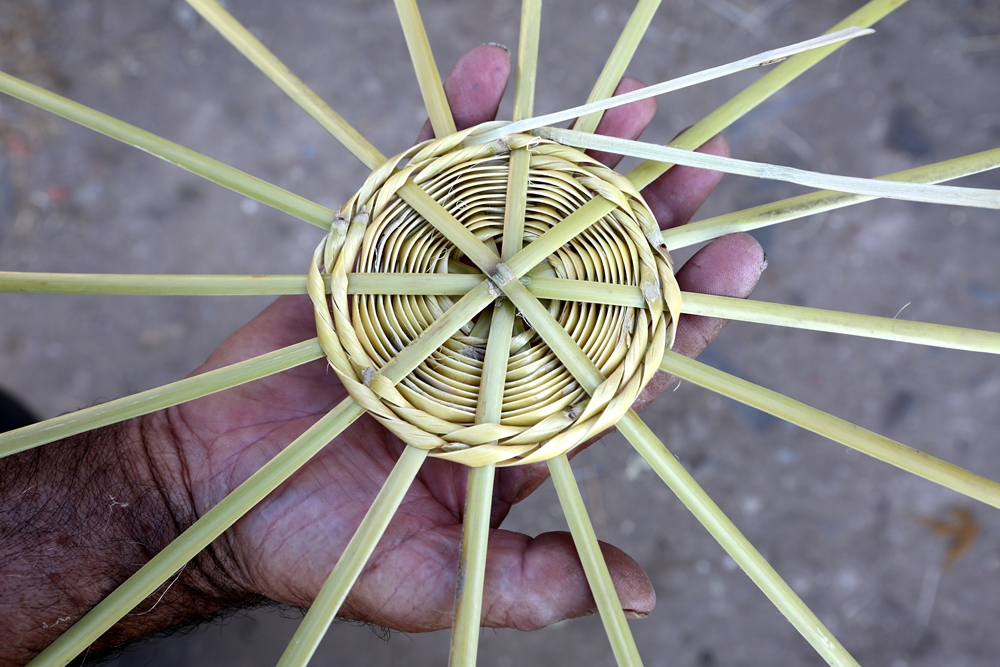
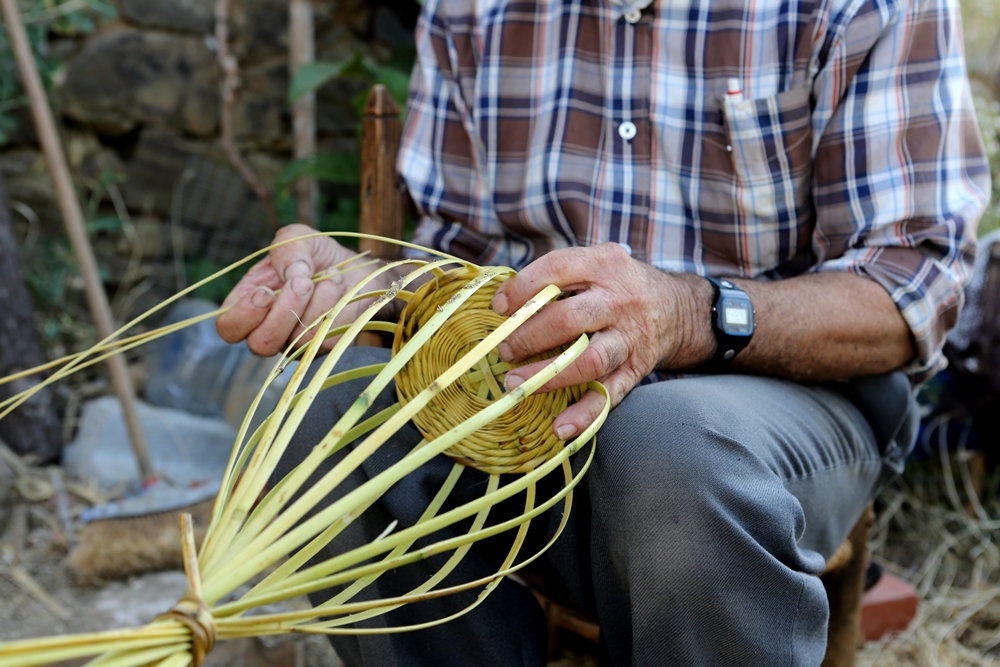
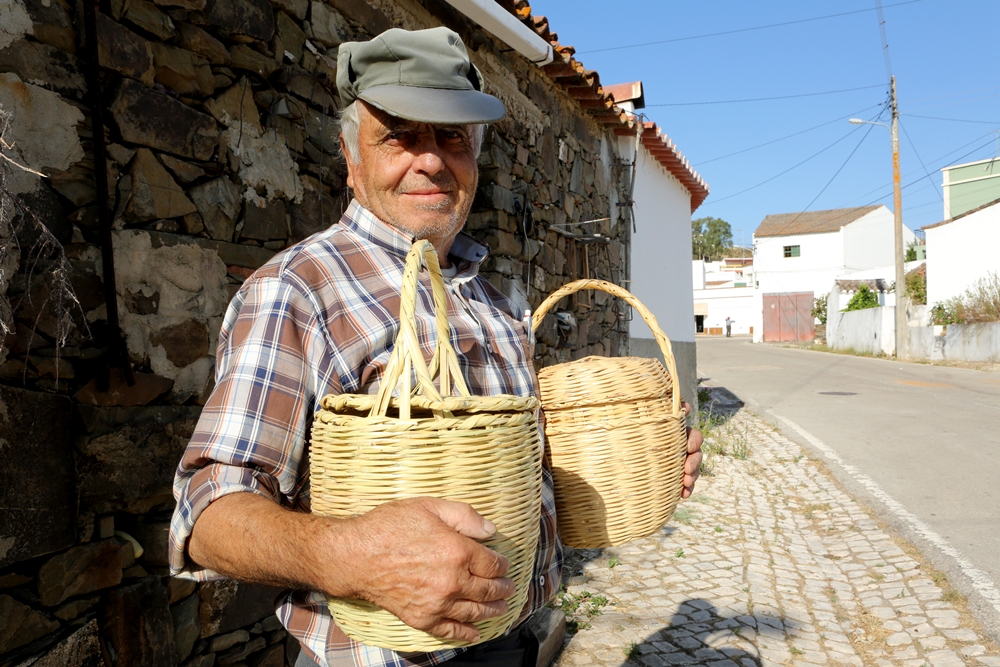
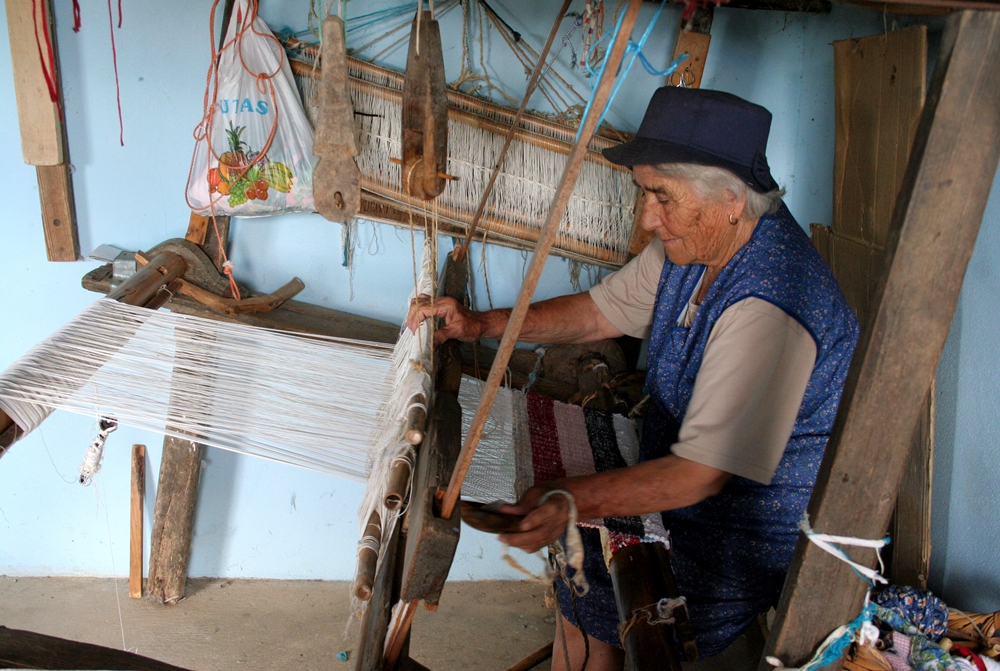
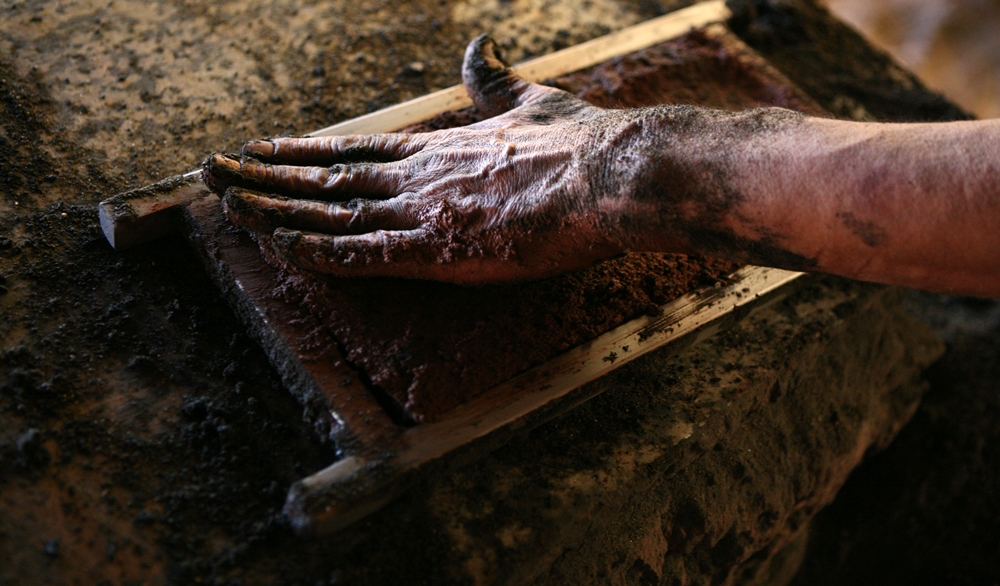

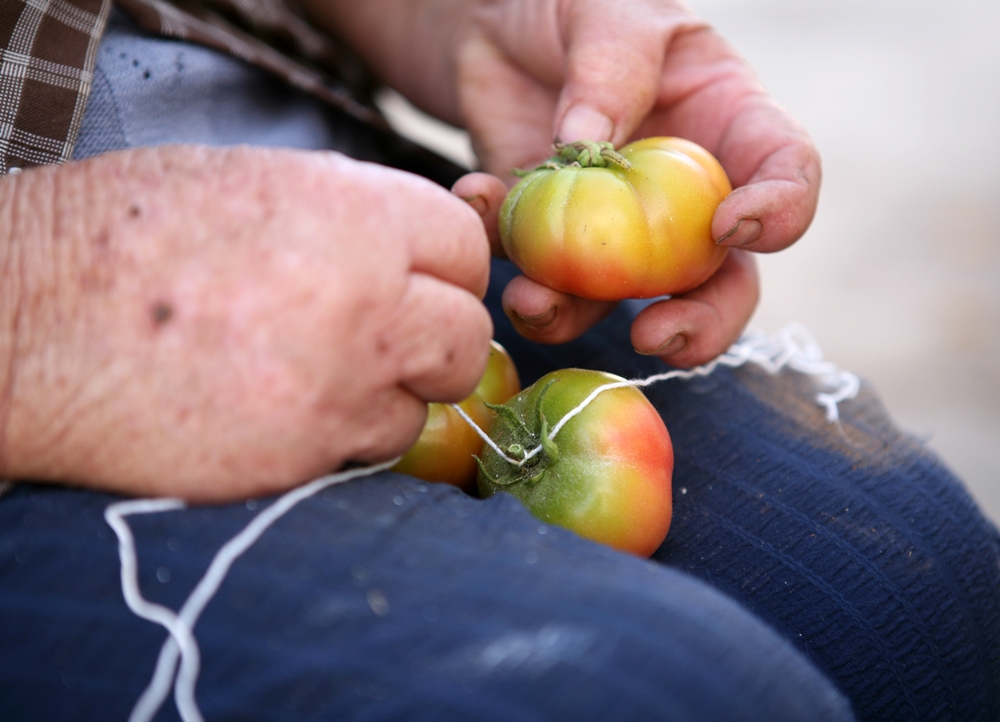
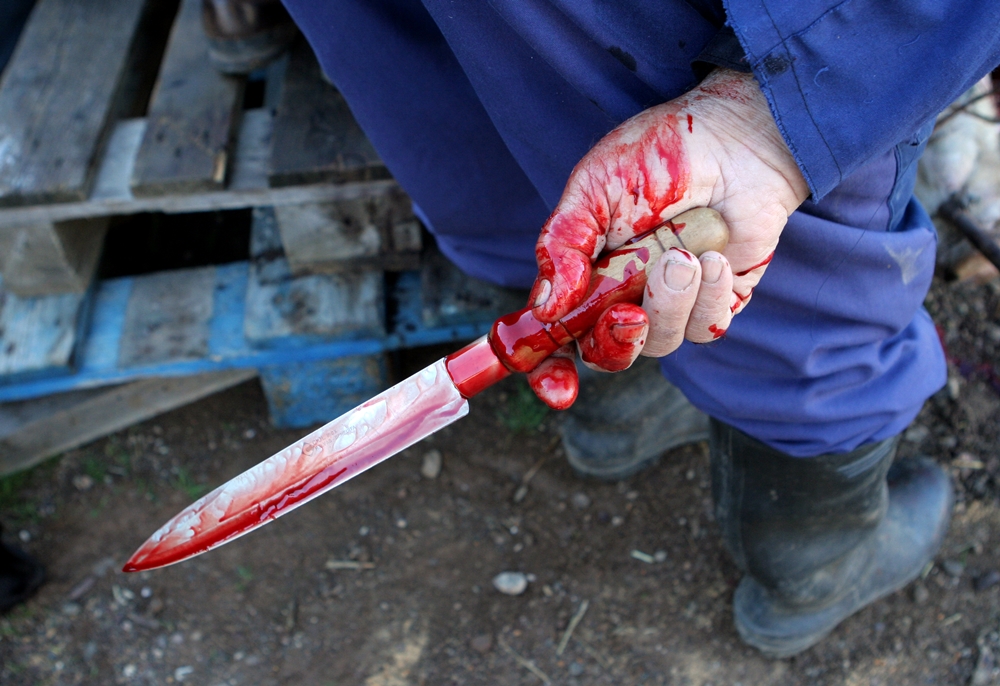
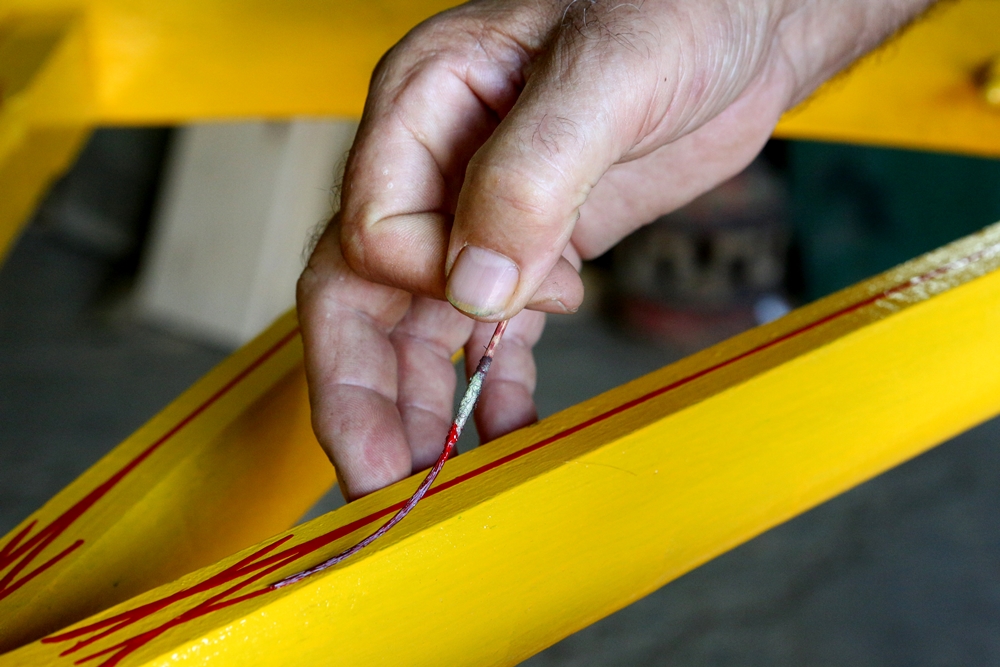
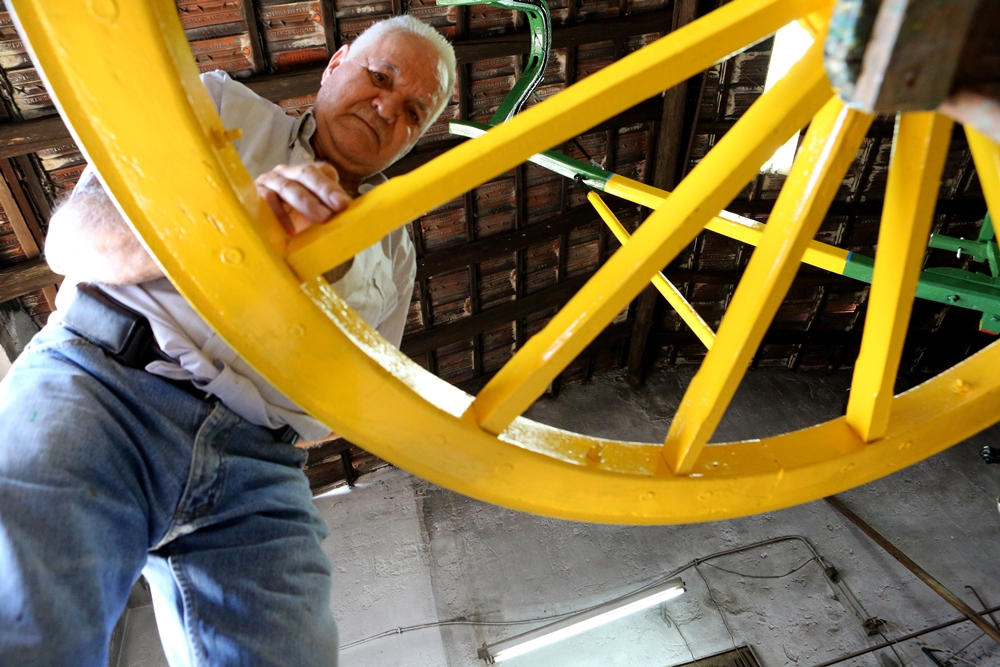
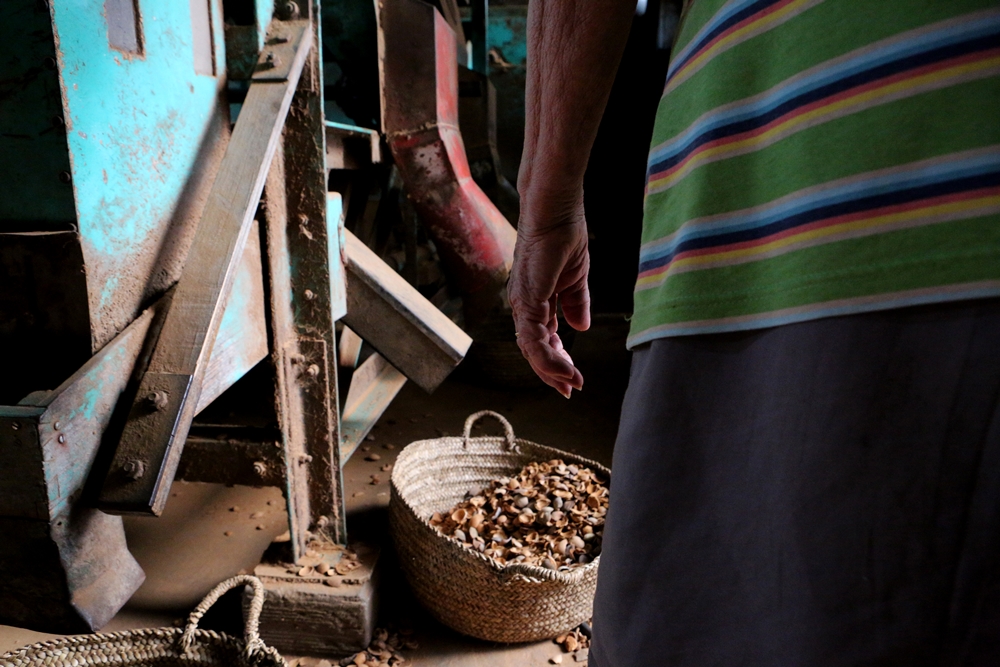
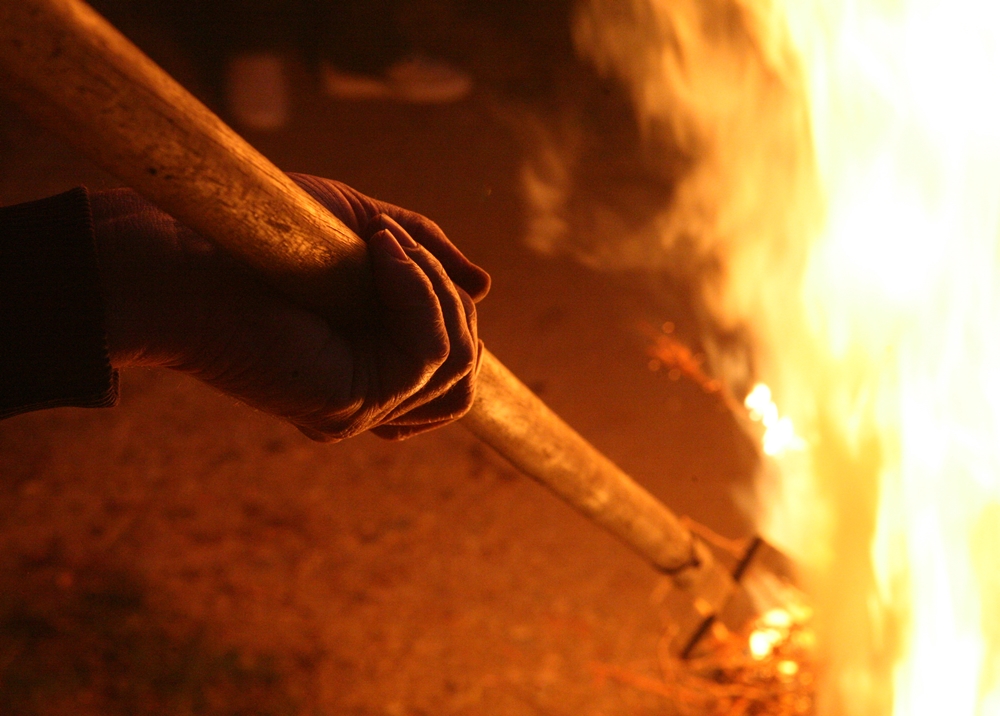
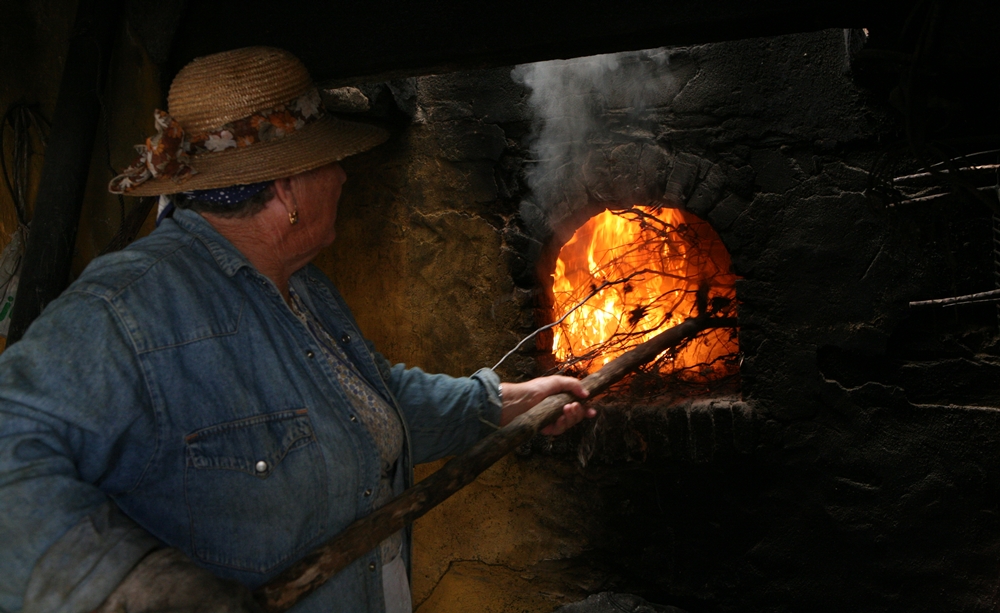

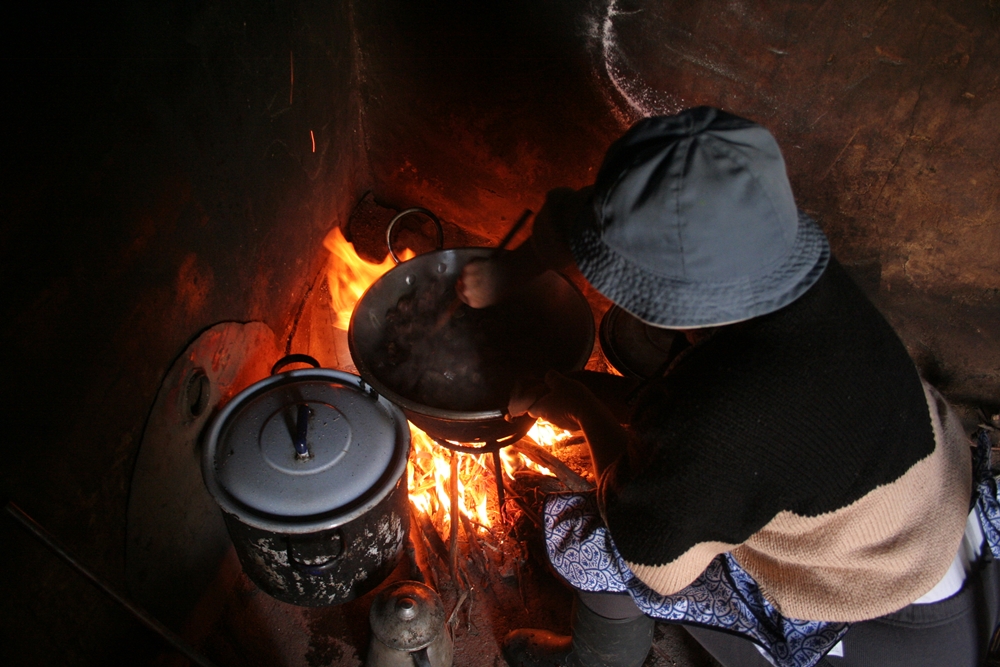

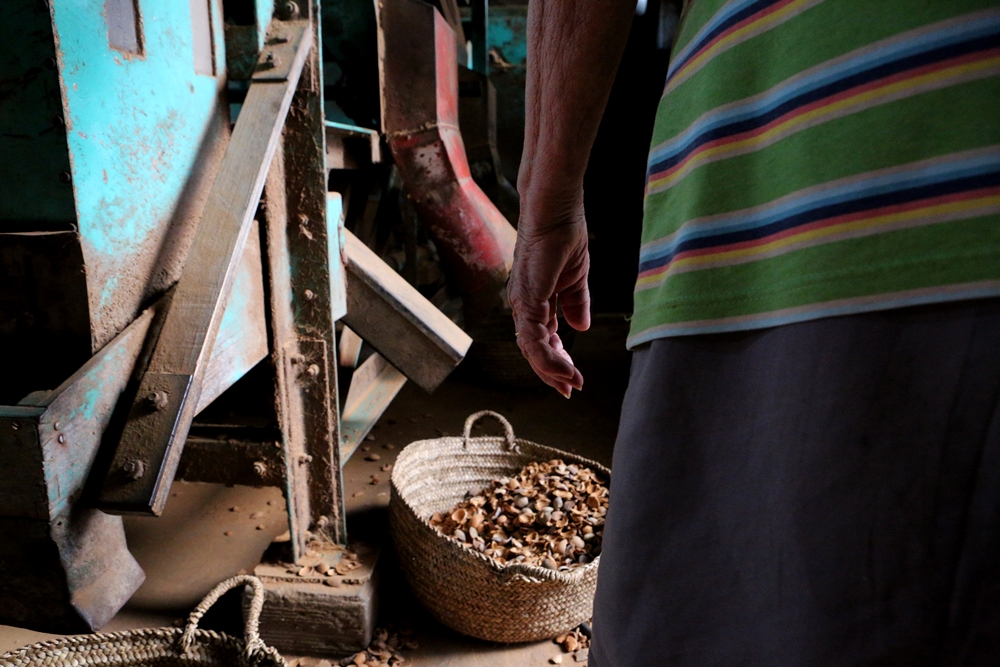

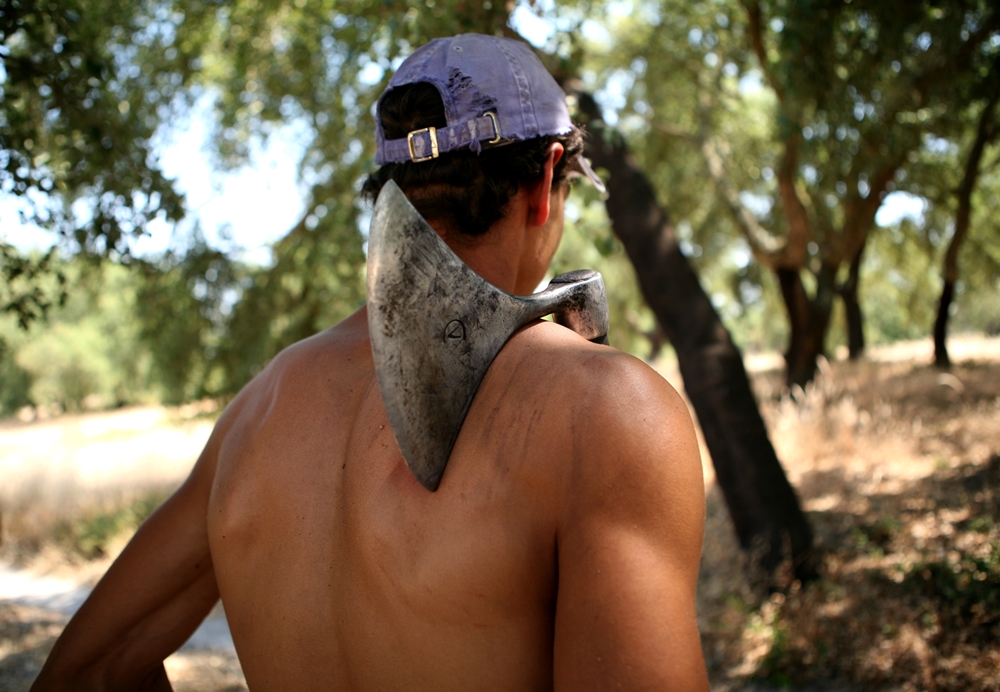



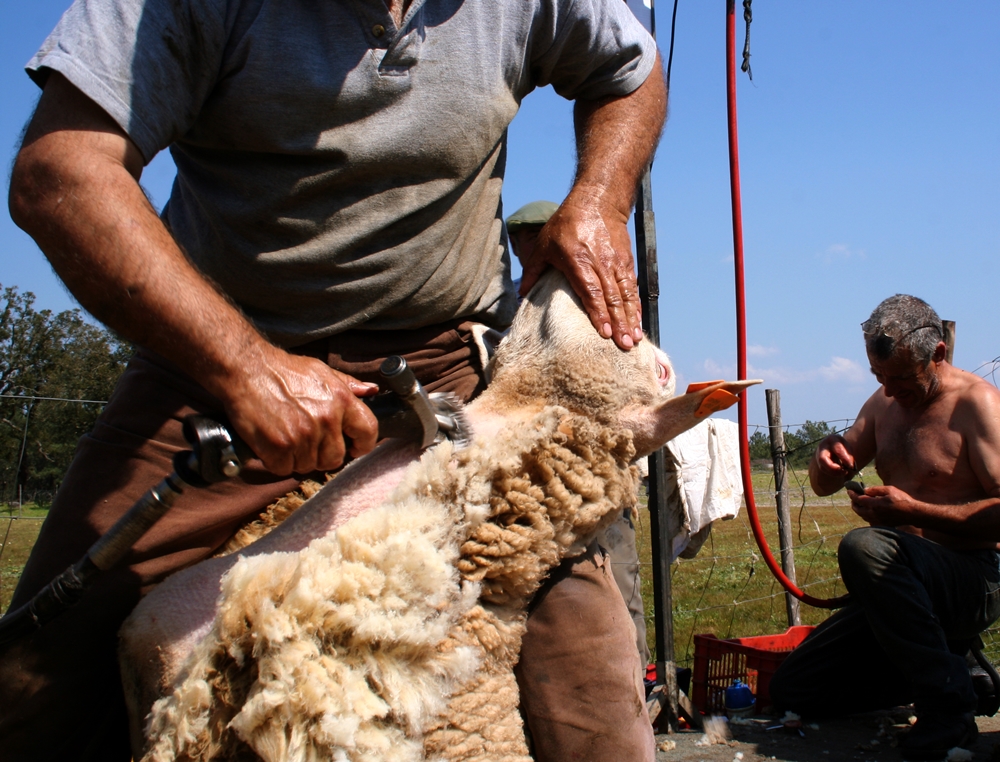
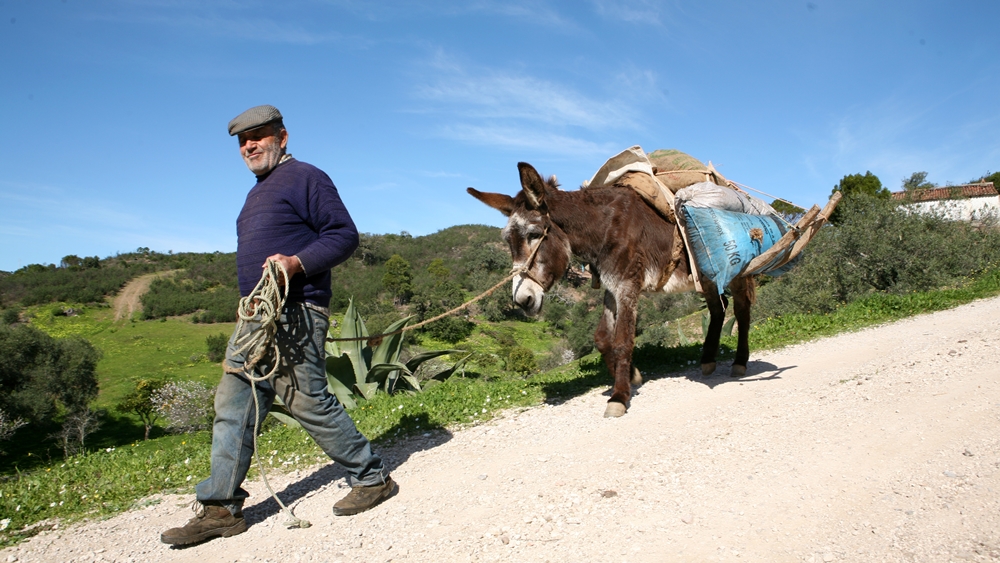

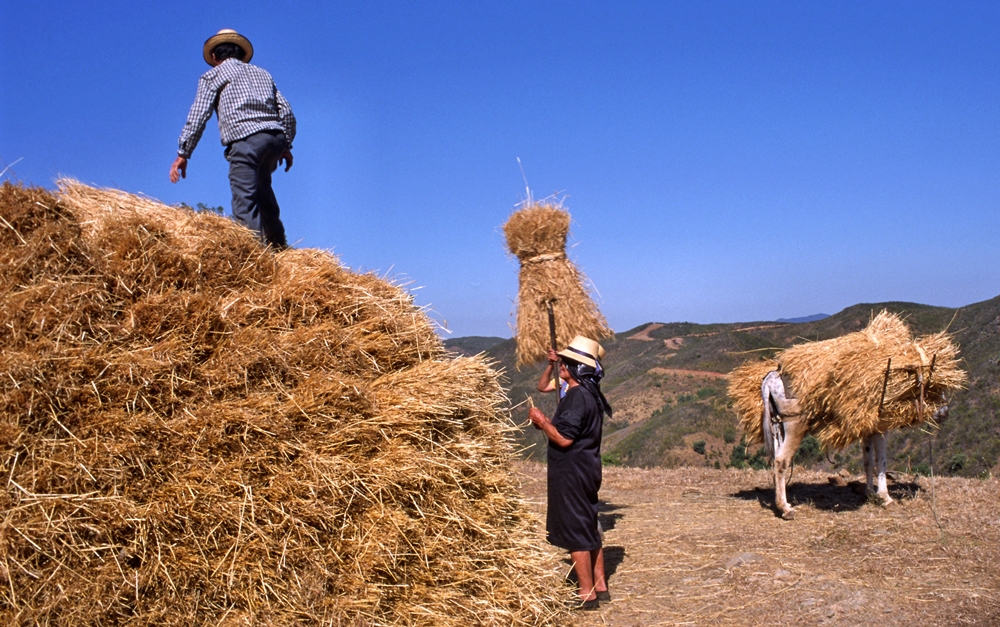



















Comments